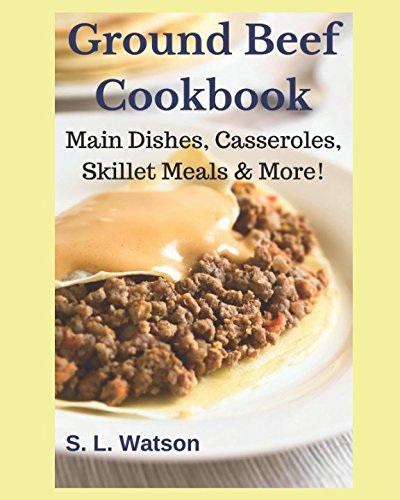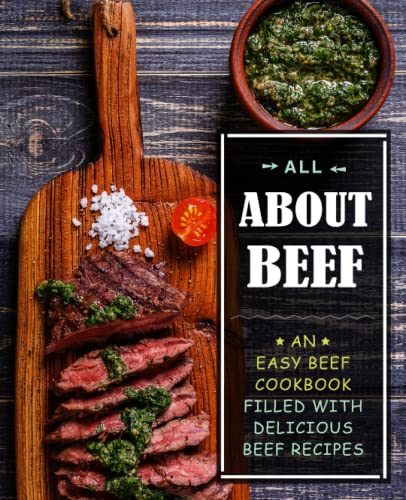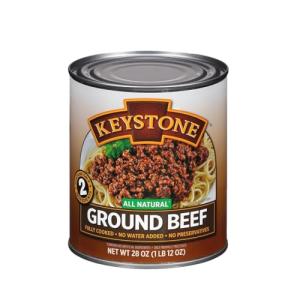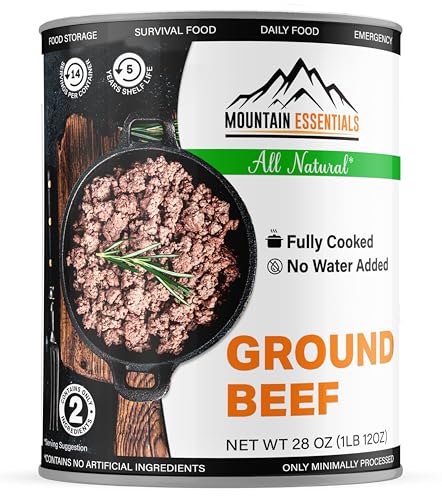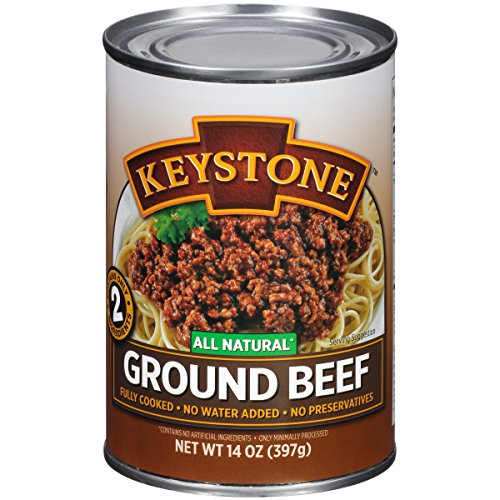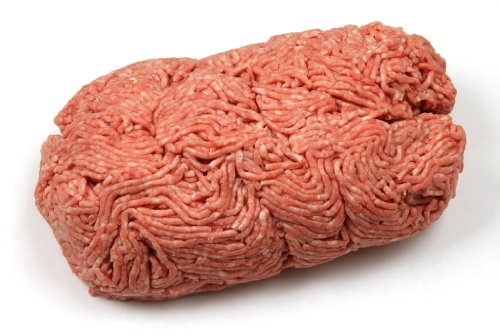When it comes to beef butchery, understanding different cuts can take your cooking game to a whole new level. Each cut has its unique flavor, tenderness, and cooking method. Let’s break down the key cuts you should know.
First up, we have the ribeye. This cut is super juicy, known for its marbling and rich flavor. It’s perfect for grilling or pan-searing. If you want a beefy, flavorful steak, ribeye doesn’t disappoint. Next, we can't forget about the tenderloin. It’s the most tender part of the cow and ideal for special occasions. Whether you go for filet mignon or a beef Wellington, you’ll impress everyone at the dinner table.
Then, there’s the brisket. This cut needs low and slow cooking, making it perfect for barbecue or braising. Its robust flavor shines when treated right. On the flip side, you have cuts like sirloin and flank. These are leaner and work great for stir-fries or fajitas. They might require some marinating to unlock their full flavor potential, but they're worth it!
Lastly, don’t overlook ground beef. It’s versatile, easy to cook with, and can be used in everything from burgers to tacos. Understanding these cuts will make your beef butchery adventures more enjoyable and successful. Once you know what to look for, you’ll create delicious meals that leave everyone asking for seconds!
Tools You Need for Butchering
Getting into beef butchery? You’ll want to have the right tools on hand. Here’s a rundown of must-have items that’ll make your butchering experience smoother and more enjoyable.
Butcher Knife: A solid, sharp butcher knife is your best friend. Look for one with a good grip and a flexible blade. This will help you cut through meat and bone with ease, making your tasks quicker and safer.
Boning Knife: This smaller knife is perfect for getting into tight spaces and separating meat from bones. Its pointed tip and thin blade let you work with precision, which is essential in beef butchery. You’ll be amazed at how much easier it is to get those perfect cuts with one in your kit.
Meat Saw: If you want to tackle larger cuts or bone-in pieces, a meat saw is a must. It helps you slice through bones without much effort, giving you clean, neat cuts. Just make sure to have a steady hand!
Cutting Board: Don’t skimp on a sturdy cutting board. Look for one that's large enough to handle beef portions comfortably. A slip-resistant surface keeps everything in place, allowing you to work safely and efficiently.
With these tools in your corner, beef butchery becomes a lot more fun. You'll feel like a pro in no time!
Ground Beef Cookbook for Southern Dishes & Casseroles
Discover mouthwatering recipes that bring the warmth and comfort of Southern cooking to your table
Product information
€9.29
Product Review Score
4.37 out of 5 stars
96 reviewsProduct links
Tips for Perfecting Your Technique
When diving into beef butchery, getting your technique right can make a world of difference. Start by selecting the right tools. A sharp knife is a must. You’ll want a good boning knife for precision cuts and a sturdy chef's knife for the heavier tasks. A quality cutting board also helps keep your work area safe and clean.
Practice makes perfect. Don’t be afraid to take your time and go slow. Familiarize yourself with the anatomy of the beef. Knowing where the different cuts come from helps you make better decisions while butchering. Start with whole cuts, like a ribeye or chuck roast. They’ll allow you to practice without feeling overwhelmed.
Pay attention to the grain of the meat. Cut against the grain to ensure tender slices. This technique makes a huge difference in texture and chewing experience. If you’re not sure which way the grain runs, look closely. You’ll spot it with a little practice, and cutting correctly will give you the best results.
Store your cuts properly. Wrap them tightly in butcher paper or plastic and label them with the date. This helps maintain freshness and flavor. A vacuum sealer can also work wonders, especially if you plan to store your meat for a while.
Don't forget to clean as you go. Keeping your workspace tidy helps prevent any cross-contamination and ensures that you keep your meat safe to eat. After you finish butchering, give your tools a good wash, too. A clean environment not only feels good but also keeps your cuts free from any unwanted bacteria.
Easy Beef Cookbook with Delicious Recipes
Your go-to guide for quick and tasty beef meals everyone will love
Product information
€8.81
Product Review Score
4.23 out of 5 stars
95 reviewsProduct links
Storing and Caring for Your Meat
First up, make sure you wrap your cuts tightly. Use freezer paper, plastic wrap, or vacuum-sealed bags. Air is your enemy because it can lead to freezer burn. If you’re planning to cook your beef within a few days, the fridge is good enough. Just place it in the coldest part of the fridge and use it up in about three to five days. If you want to store it longer, the freezer is your best friend.
When freezing, label your packages with the cut type and date. This little step helps you know what you have and when it needs to be used. You’ll thank yourself later when you’re looking for that perfect cut for a special dinner!
As for thawing, do it safely. The fridge is the safest way, but if you’re in a rush, a cold water bath works too—just remember to change the water every 30 minutes. Never leave your beef to thaw at room temperature, as it can quickly become unsafe.
Finally, don’t forget to clean your workspace and tools after handling raw meat. A quick wash with hot, soapy water cuts down on any contamination risks. Caring for your cuts goes a long way in keeping your cooking experience enjoyable and safe, especially when you’re all about beef butchery!
